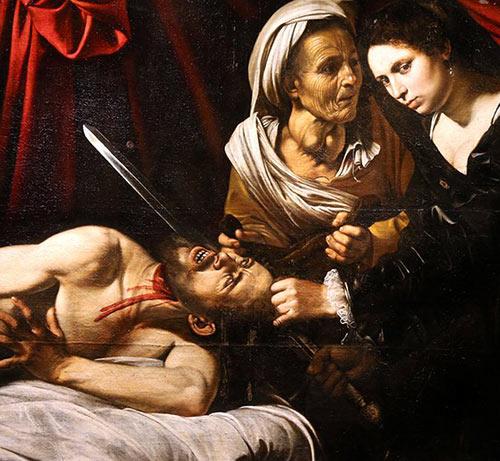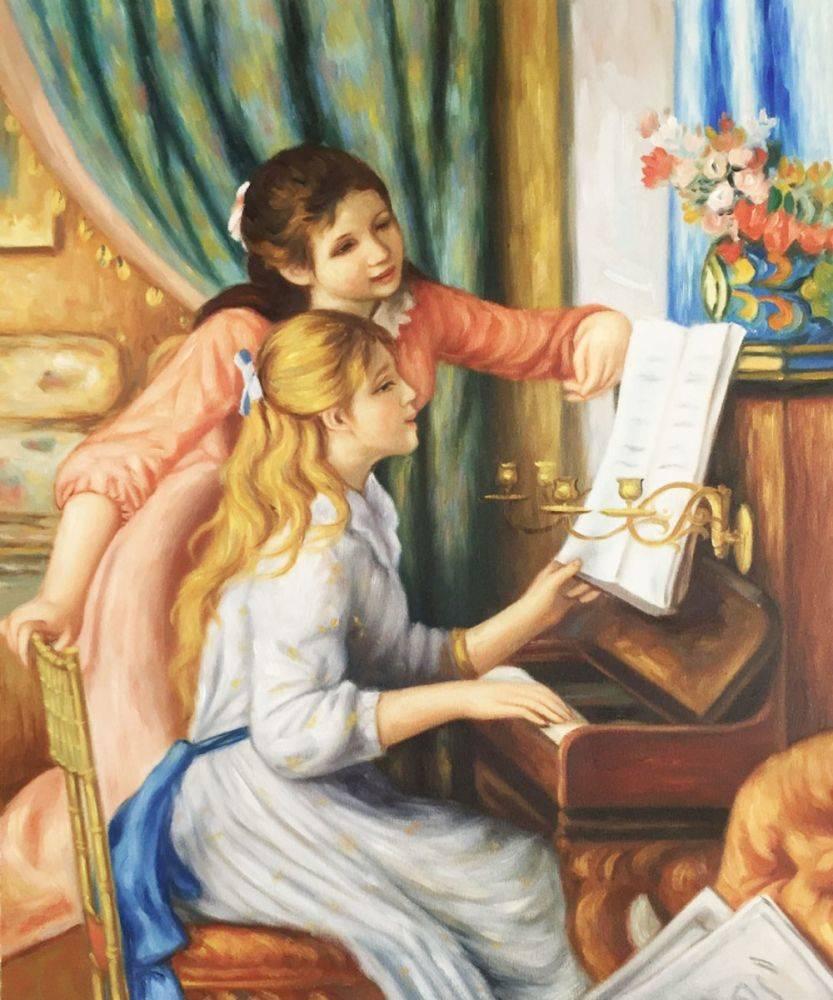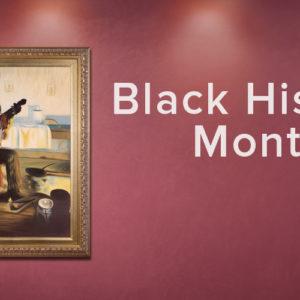Art
Is This Lucky Discovery Actually a Valuable Lost Caravaggio?
A family living outside of Toulouse, France has discovered a painting that may be the work of one of the Italian Renaissance’s most influential artists. Several experts have studied the painting over the two years following its rediscovery and just presented their case for its attribution in Paris this week, complete with a dramatic unveiling of the equally dramatic artwork.
The painting impressed believers, skeptics, and media alike with both its scale and beauty. Measuring 56 inches by 69 inches (144cm X 175cm), the scene is an eerily lit portrayal of Judith beheading Holofernes.
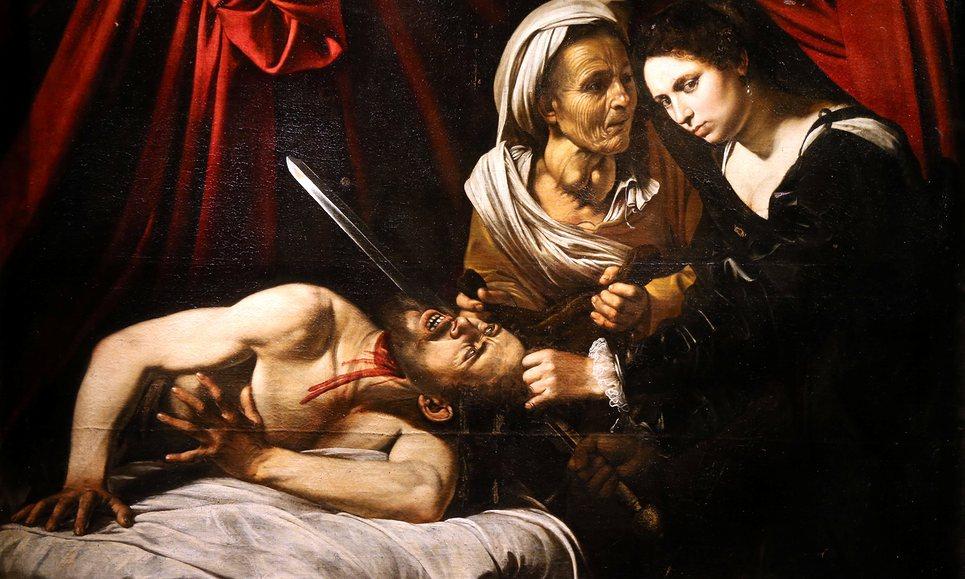
Judith Beheading Holofernes – Caravaggio (tentative)
Caravaggio is known to have painted this same scene, of the Jewish widow slaying in his sleep the Assyrian general who was to destroy her home city, at least once before. That painting is a masterpiece in its own right and currently hangs undisputed in the National Gallery of Ancient Art at the Palazzo Barberini in Rome.
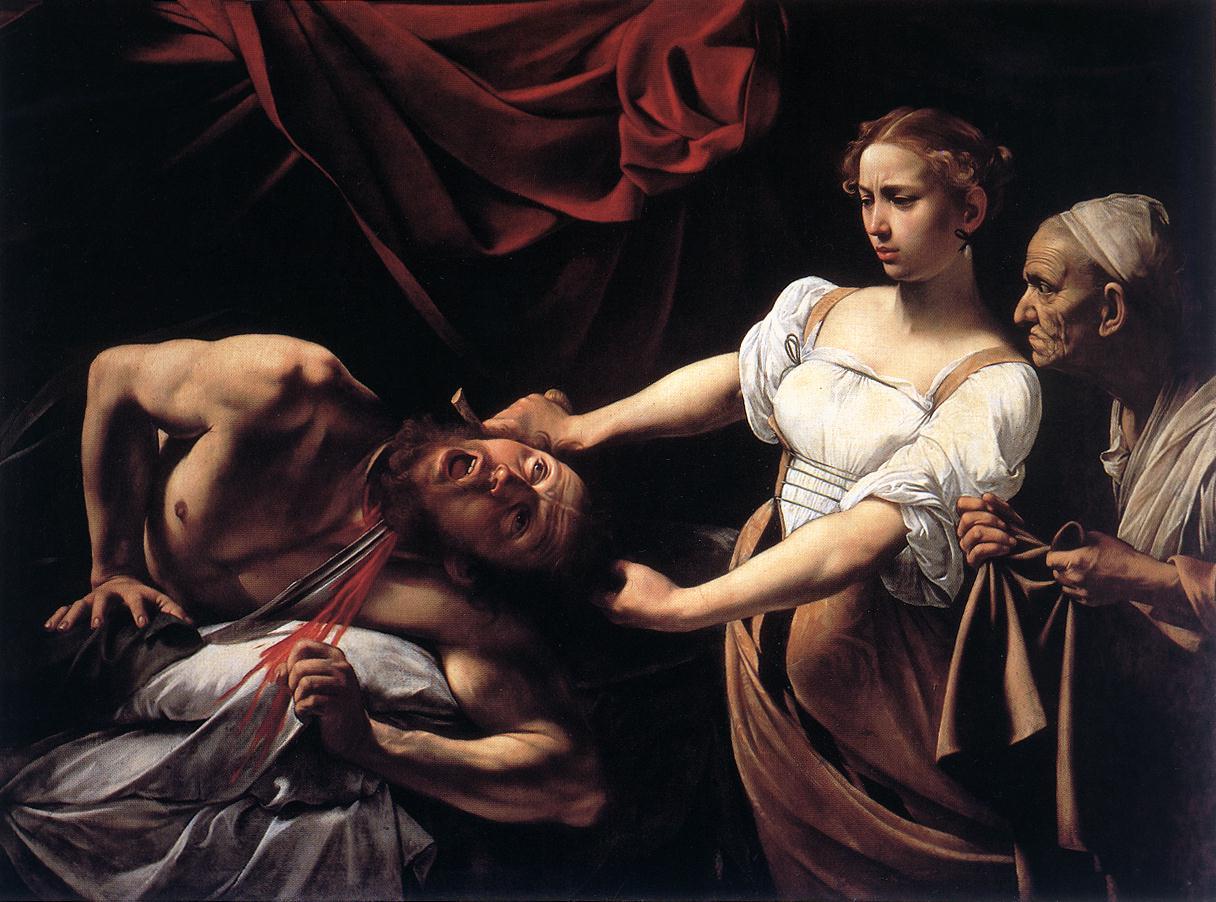
Caravaggio’s undisputed “Judith Beheading Holofernes” ca. 1598-99
There is reason to believe that the artist made at least one other version however, as a Flemish admirer named Louis Finson made a copy which still exists.
Many qualities of the work point to its authenticity, including the assured manner in which the blood and hands were painted, as well as the intense lighting and crimson-draped setting. Some experts dispute this, saying that these signs may be all too obvious as though recreated too enthusiastically by a talented follower of the artist. There were many such artists throughout Europe who painted in similar styles who became collectively known as ‘Caravaggisti’.
That said, even the critics of the initial attribution attest to the artwork’s stunning vision and talented creator – whomever they may be. Respected Caravaggio expert, connoisseur, and author of several books on the artist, Mina Gregori denied the claims of authenticity while admitting the “undeniable quality of the work”.
France’s government has placed an export ban on the painting to allow for closer and more in-depth research by the country’s top experts and to allow for acquisition offers by museums as renowned as the Louvre. The more evidence that is found in favor of Caravaggio as its creator, the higher the price tag is sure to go. Eric Turquin, the expert most fervently behind the claims of authorship and who examined the painting for 2 years prior to the reveal, estimates it could be worth $136 million.
It’s unlikely that attribution to any one artist will ever be definitively proven. Regardless, estimates remain in the millions. Not too bad for something found in the family attic.
If this new Caravaggio is a bit out of your budget, don’t worry. Simply scroll up and click the image of the undisputed original to find a lovingly hand-painted reproduction at an affordable price. Or click the artist’s name to browse some of his other works, each recreated with care in oil on canvas.
